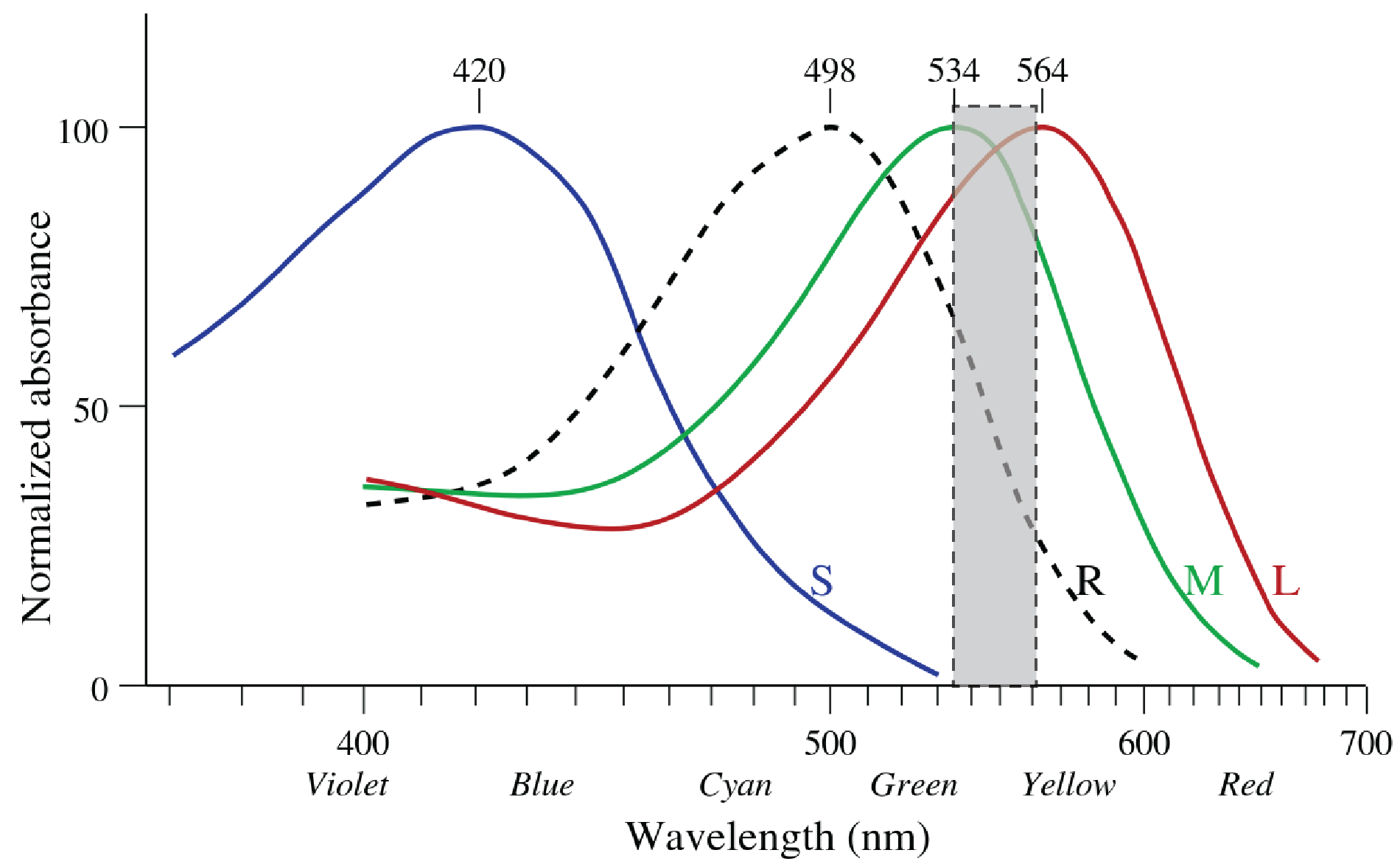Games for Vision Development
Summer learning loss is real! On average, it takes 6 weeks in the fall to re-learn old material. We’ve had a few weeks to relax, so now make sure you keep summer learning in sight!
– Keep reading! Take a trip to the local library, and maybe do a bit of reading together in the morning before the kids get too distracted (night time is often very tiring)
– Encourage physical activity all summer long – this helps enhance academic performance. Sign up for a team sport, or team them a new skill like swimming! Go on lots of walks outside while the weather is nice 🙂
– Here’s a whole series of toys that promote visual development! Our favourites are dot to dot puzzles and mazes. These are great for learning visual motor skills, and they are analog and portable (perfect when you’re waiting for food at a restaurant!) 😉




